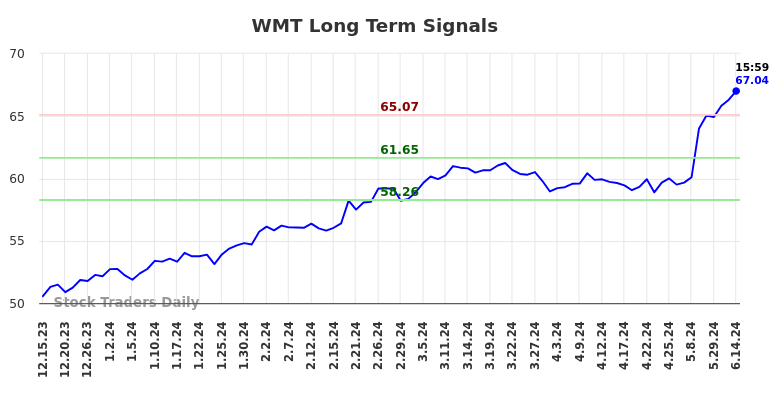I may sound like a broken record, but home prices hit a new all-time high in April, according to the S&P CoreLogic Case-Shiller Index results released yesterday. National home prices rose 6.3% year over year and 1.2% month over month. But this price inflation is slowing.
“Last month’s all-time high was reached as all 20 markets accelerated their price increases,” said Brian D. Luke, head of commodities, real and digital assets at S&P Dow Jones Indices, in the press release, referring to March. “This month, just over half of our markets are experiencing a monthly price increase. With a 6.3% annual gain, the index has slowed year-to-date, with only two markets gaining year-to-date.”
Last year, Luke said, a similar pattern emerged, with prices rising in March and April before a slowdown in the summer that continued into the fall.
In March, home prices rose 6.5% year over year and 1.3% month over month. “The latest S&P CoreLogic Case-Shiller Index showed that home sales prices continued to rise through April, hitting a new high, even as the pace of growth slowed,” wrote Danielle Hale, chief economist at Realtor.com. And in both the 20-city and 10-city clusters, “year-over-year price growth slowed in April compared to March,” said Orphe Divounguy, senior economist at Zillow.
It was the first time in nearly a year that the annual home price inflation rate had fallen, wrote Thomas Ryan, an economist at Capital Economics. And after seasonal adjustment, the national index showed a 0.3% increase in home prices between March and April for the second straight month; so this “could be a sign that the surge in home supply this year has cooled the market,” Ryan wrote. His team maintained its forecast that home prices would rise 5% this year. Still, the hope is that once the Federal Reserve starts cutting rates, mortgage rates will fall, moving closer to Capital Economics’ year-end forecast of 6.5%, and buyers will come back, he said. (The daily fixed rate on 30-year mortgages is currently 7.06% and the weekly rate is 6.87%.)
Ryan expects price inflation to continue to moderate in the coming months and forecasts home prices to rise 3% next year and 2.5% in 2026. He said Capital Economics’ forecast was once considered above consensus but is no longer so, as the consensus expects home prices to rise 3.3% next year and 3.4% the year after.
As Assets As previously reported, according to Redfin, annual growth in May showed “signs of stagnation,” based on a separate analysis and other data. Redfin suggested that with the pace of home price growth expected to continue to slow and mortgage rates potentially falling, there could be a showdown between buyers and sellers. If sellers re-enter the housing market, prices could cool further. If buyers do, they could pick up again.
But of course, home prices are still high and so are mortgage rates. In May, home prices were 45% higher than before the pandemic, and the typical mortgage payment was about 115% higher, according to Zillow.
In a related development, new home sales fell to a six-month low in May, data released today showed. Single-family home sales fell 11.3 percent last month. And according to estimates from the U.S. Census Bureau and the Department of Housing and Urban Development, the median sales price was $417,400. On the other hand, existing home sales fell 0.7 percent in May from the previous month and 2.8 percent from a year earlier, according to data from the National Association of Realtors released last Friday. The median sales price of existing homes was $419,300.




